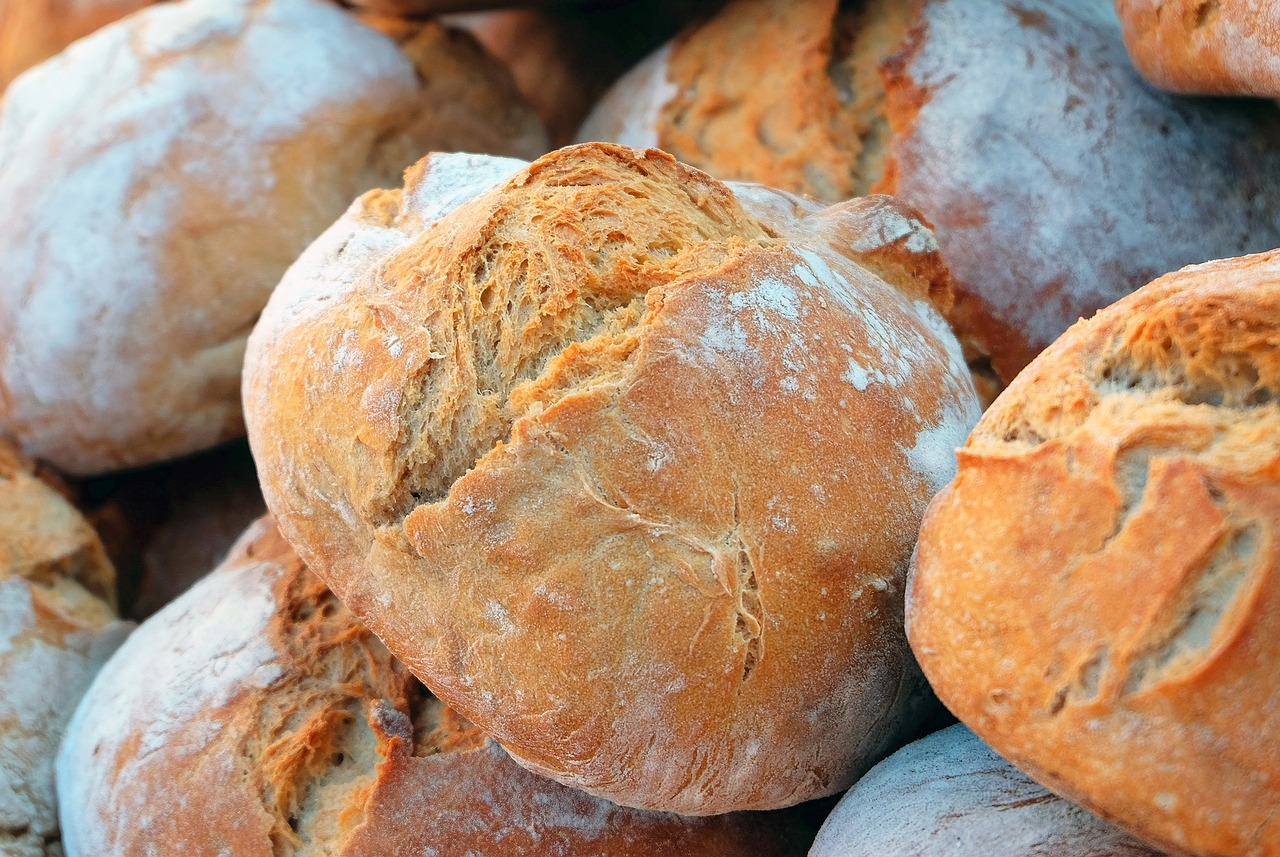
Bread is one of the most consumed foods worldwide. It comes in different shapes and sizes and can be made with different types of flour. In Italy, bread is usually baked with “00” or “0” flour, but also with durum wheat flour (mainly in Southern Italy), whole wheat flour or semi-whole wheat flour. “Common” bread dough is made by mixing water, flour, salt and yeast. But there is also “special” bread, in which other ingredients are added to the four main ones; they can be, for example, olive oil, milk, multigrain cereal, etc…
Nutritionally speaking, 100g of bread contain about 8g of protein, 60%-70 carbohydrates (depending on the type of flour), 3% fat and fiber and carry about 270-280 Kcals.
It’s important to note that bread is a great source of B vitamins, apart from B-12 and fat-soluble vitamins (A,D,E,K). It’s also an adequate source of calcium, iron and selenium. Special attention should be given to whole wheat bread, which preserves its own peculiarities thanks to a particular type of grinding process. In fact, if compared to white bread, whole wheat bread contains more vitamins, including fat-soluble vitamins, and more iron and calcium. What’s interesting about this type of bread is that it contains short-chain fatty acids, which are fundamental for our intestinal cells. In fact, intestinal cells and neurons are the only type of cells in our body that can rely on this energy source.
Whole wheat bread is a good choice for people with diabetes and for whoever wants to improve their health and well-being, since it contains essential amino acids, which improve energy, and fiber, which plays an important role in keeping blood sugar levels low.
Leave A Comment